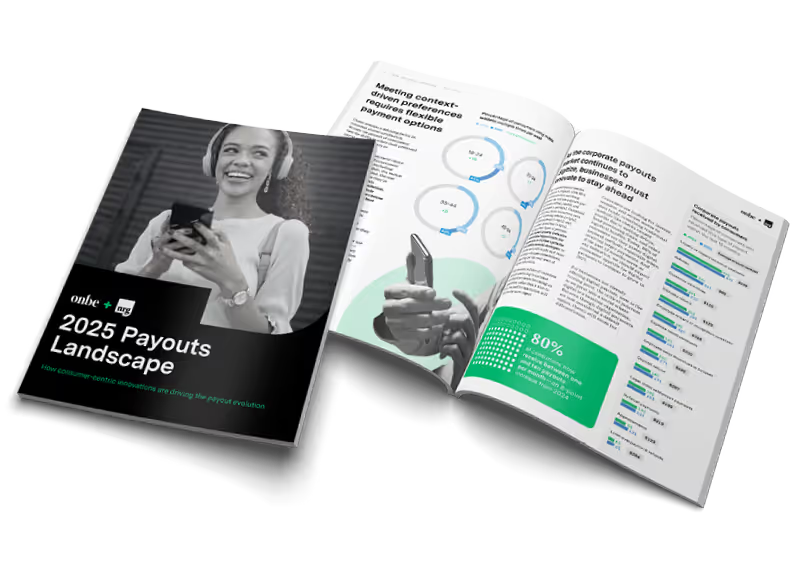Cross-border payments are financial transactions that take place across national borders. These international money transfers can occur between businesses, individuals or governments located in different countries.
Cross-border payments
Frequently Asked Questions
They can be slow compared to domestic payments, costly due to transaction fees and currency conversion, and complex due to different regulations in each country. Senders and recipients may not know exactly when funds will be received or how much the transaction will cost. However, recent innovations in cross-border payments are helping to improve transparency and enable faster, more cost-effective transactions. Learn about Onbe’s global payment capabilities.
The methods for making cross-border payments depend on factors such as the transaction amount, currency, cost concerns and how quickly funds need to arrive. Traditional wire transfers, electronic fund transfers, and online payment platforms are some common methods.
Cross-border payments may involve multiple banks and intermediaries, each charging fees for processing and currency conversion. Strategies to help reduce international payment fees include batching payments, negotiating better rates based on your payment volume and partnering with a fintech provider offering the most cost-effective solutions.






.png)
.png)